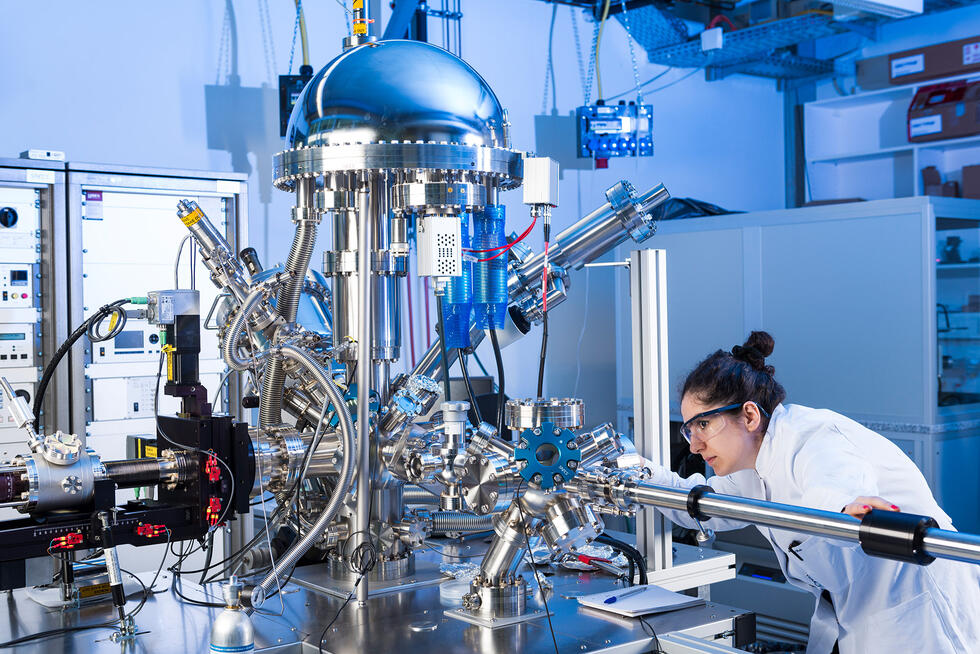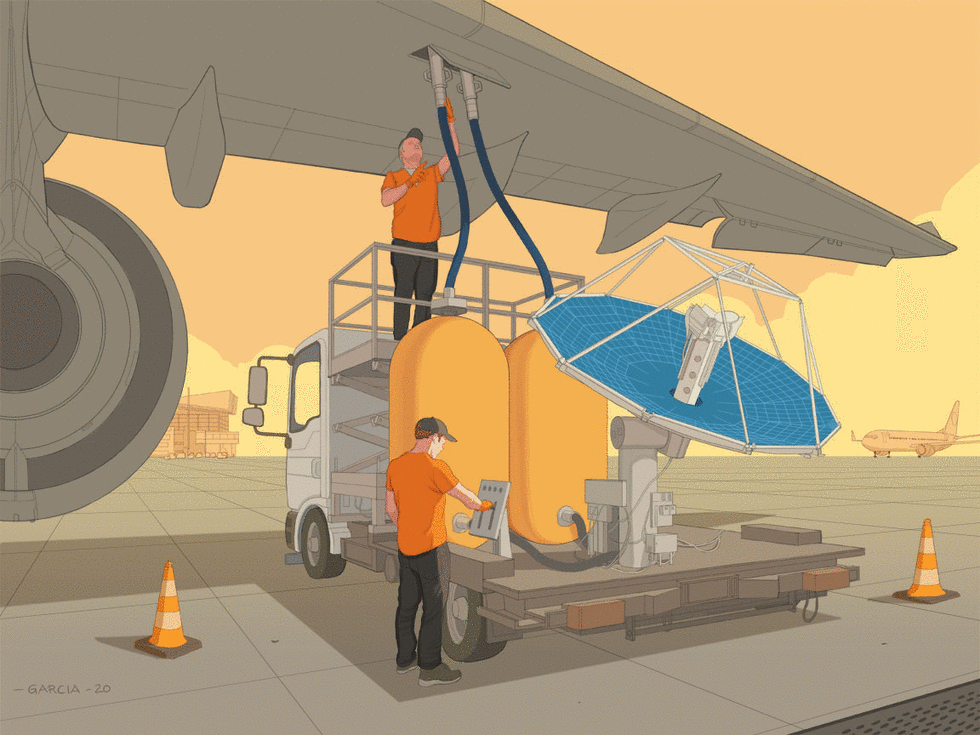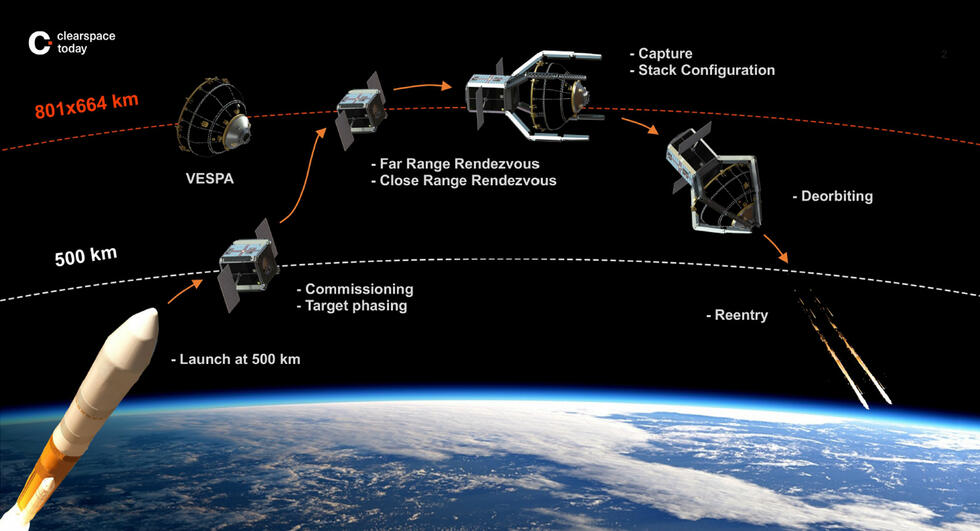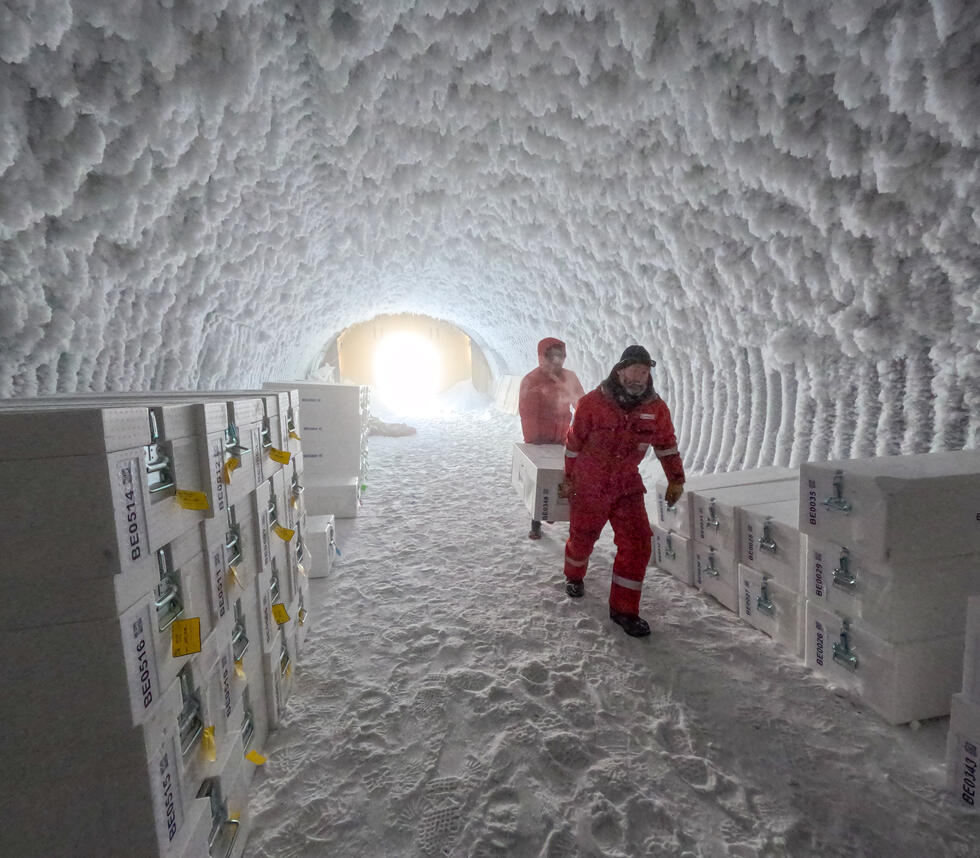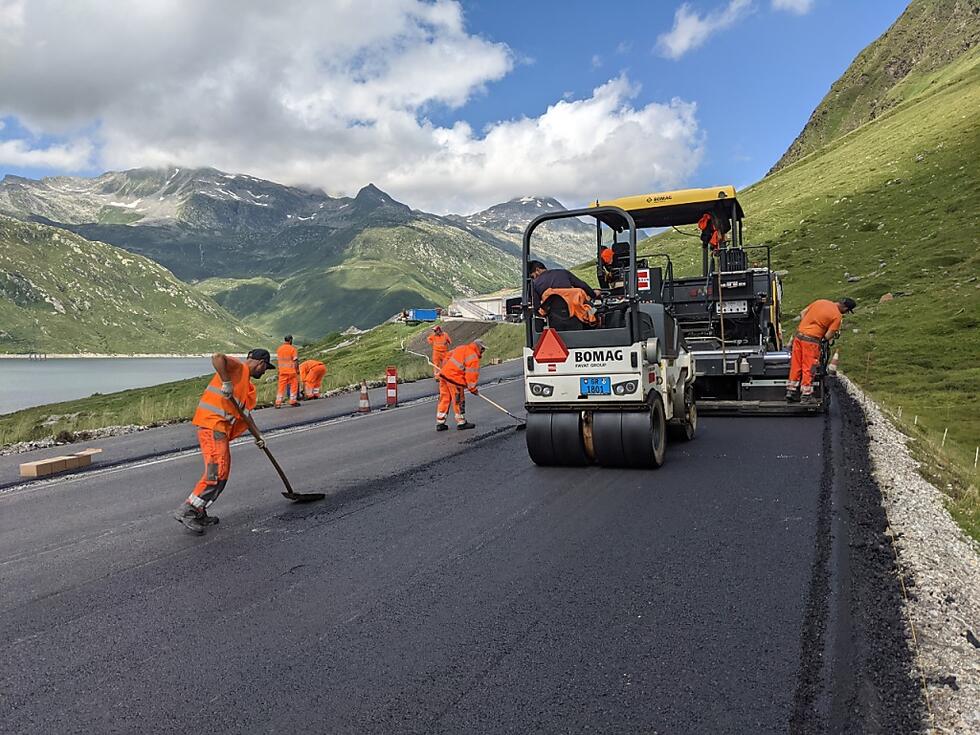SHORT NEWS
Empa makes eco-cement
Cement production is responsible for 9 percent of carbon emissions in Switzerland. Researchers at Empa believe that this can be changed. Even cement production methods that absorb more CO₂ than they emit are on the horizon.
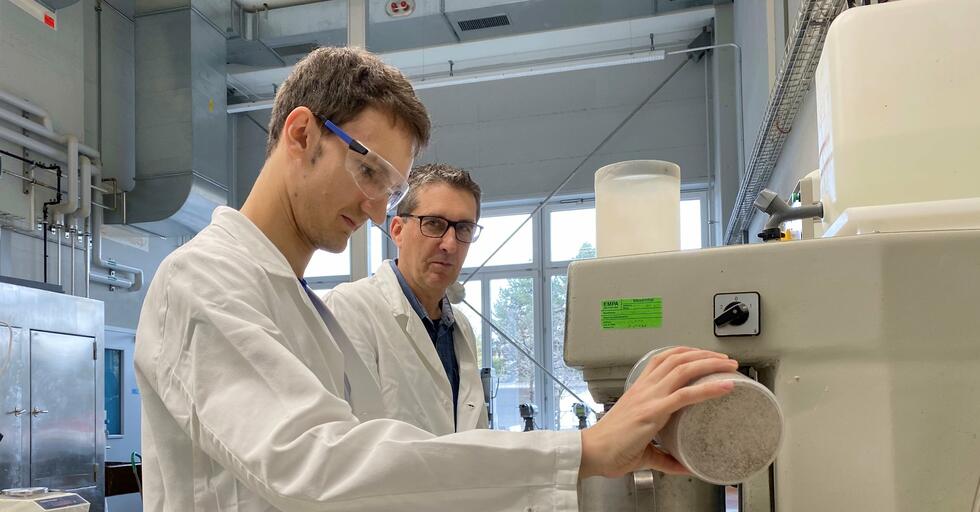
The production of one metric tonne of cement emits approximately 700 kilograms of carbon dioxide. This is less than the emissions from the production of steel or aluminum, but with the annual global demand for concrete coming in currently around twelve cubic kilometers – a volume that could fill Lake Lucerne every year – this has a huge impact on the environment. According to the Concrete & Asphalt Department at the Swiss Federal Laboratories for Materials Testing and Research (Empa), the flourishing construction industry in Asia and Africa will continue drive up the demand for concrete in the foreseeable future.
Consequently, the United Nations Environment Programme (UNEP) is calling for the rapid development and implementation of new cement-based materials that are both more climate-friendly and more cost-effective. Empa researchers are thus working on alternative types of cement and concrete that emit less harmful greenhouse gas or even capture carbon dioxide during their production.
Sintering is the main source of greenhouse gas
The main culprit for the CO₂ emissions during cement production is the sintering process, which takes place in a rotary kiln heated to 1450 degrees Celsius. Since only approximately half of the fossil fuels used during this process can be replaced by alternative energy sources, the potential for reducing emissions is low, as Empa researcher Frank Winnefeld, who is responsible for the topic, explains.
More energy could be saved by using raw materials that require a lower kiln temperature. One promising candidate is CSA cement, which is made using calcium sulfoaluminate. This material requires a kiln temperature that is 200 degrees lower than the conventional process, resulting in a reduction of carbon dioxide emissions by around 200 kilograms per metric tonne of cement.
However, the reduction in greenhouse gas emissions is attributable not only to the lower kiln temperature. A large proportion of the favorable environmental impact of CSA cement is due to the lower limestone content in its raw material mix. Limestone accounts for the majority of CO₂ emissions due to a chemical reaction it undergoes during cement production.
Electronic waste as a climate-friendly fuel
The Concrete & Asphalt team is currently experimenting with using waste from other industrial processes as a substitute for limestone. Promising candidates include slag from blast furnaces used for the production of raw iron and fly ash resulting from the burning of coal.
However, these secondary raw materials are admittedly not able to satisfy the enormous demand for building materials. Electronic equipment waste is another option: “During the metallurgical recycling of precious metals from electronic waste, a high-quality slag remains, which in powder form can also be mixed with the cement,” Winnefeld explains.
Provided the levels of heavy metal meet the legal standards, this cement could certainly also be used in Switzerland. The good news: The volume of sediment from the “urban mine” consisting of the remains of discarded cell phones and computers will continue to grow in the future. It is also possible to use mineral construction waste to produce blended cement.
“MOMS”, the CO₂-devouring dream
The composition of the additives in the cement could even be modified in such a way that the sintering process could be completely eliminated. In what is known as alkali-activated cement, the components such as slag, ash, or calcined clay are animated to undergo the desired chemical reaction using strong alkaline solutions such as sodium silicates. The products of this reaction subsequently combine to form a material exhibiting a compressive strength equivalent to that of fired, conventional cement.
The ability of this material to actually bind carbon dioxide in the concrete instead of releasing it sounds almost too good to be true. Concrete with a negative carbon footprint would be a true climate champion. Among others, Empa researchers are working on a magnesium-based cement, which is intended to provide the basis for this eco-concrete. During the production of this cement using olivine found in the soil, carbon dioxide is added to the raw magnesium silicate. The CO₂-devouring dream already has a name: “MOMS”, magnesium oxide derived from silicates.
In the next step, the cement researchers at Empa are currently analyzing chemical mixing ratios and conformity criteria, such as strength and durability of new types of cement, thus paving the way to meet the standards and obtain certification.











